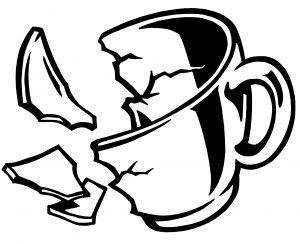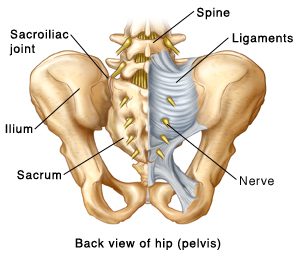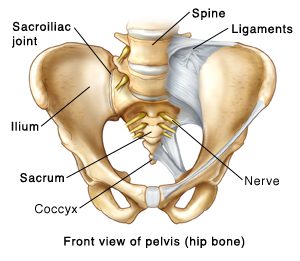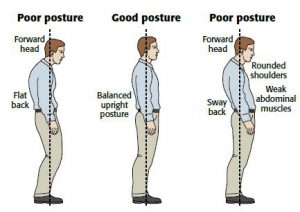If you haven’t read the previous Pelvis 101 series,
here’s the link: Pelvis 101-1 Pelvis 101-2
We talked about the bones and conjunctions within the pelvis, and today let’s learn about the durability of the pelvis using a metaphor.

Imagine you broke your favorite cup, but you managed
to tape it back together.
Then, you put a cat in that cup ♡

Soooo cute♡
Okay, so the cup didn’t break!
Let’s put another one in.

 Awwwww♡
Awwwww♡
Didn’t break. Good.
Then maybe another one♡
So adorable!
Now though, you start getting worried the glass may break anytime and tense up a little.
If that glass would to break again, you probably have and idea “how” or “where” that would happen.
You guessed right.
As we add more weight to the glass by adding more kittens, eventually the sections where you taped would snap.
Even if the tape doesn’t snap, I think you would agree that adding more weight to that glass would definitely add more pressure to the tape.
Now back to the Pelvis.
This time, the taped up junctions are our SI Joints at the back of your pelvis, and it looks like this.

The “Ligaments” are a strong fibrous structure that holds the joints together from separating.

In the SI Joints, ligaments also protect the front side of the joint for extra stability! Yay!
Now, the “weight” added in this case is our upper body weight.
I don’t know how much you weigh, but upper body weight is no joke. Head, chest, arms, internal organs… It’s heavy.
The pelvis has been carrying our upper body weight all our lives, but we just don’t give enough credit, do we?
The pelvic bones, as well as the ligaments protecting the SI joints, are so so strong, they will never break on us, or snap open on us.
Having said that,
Tomorrow, I will talk about why it is so prevalent today for people to come in with “SI issues”, or “Hip problems”, or “chronic back issues”, or even “frozen shoulders”.



